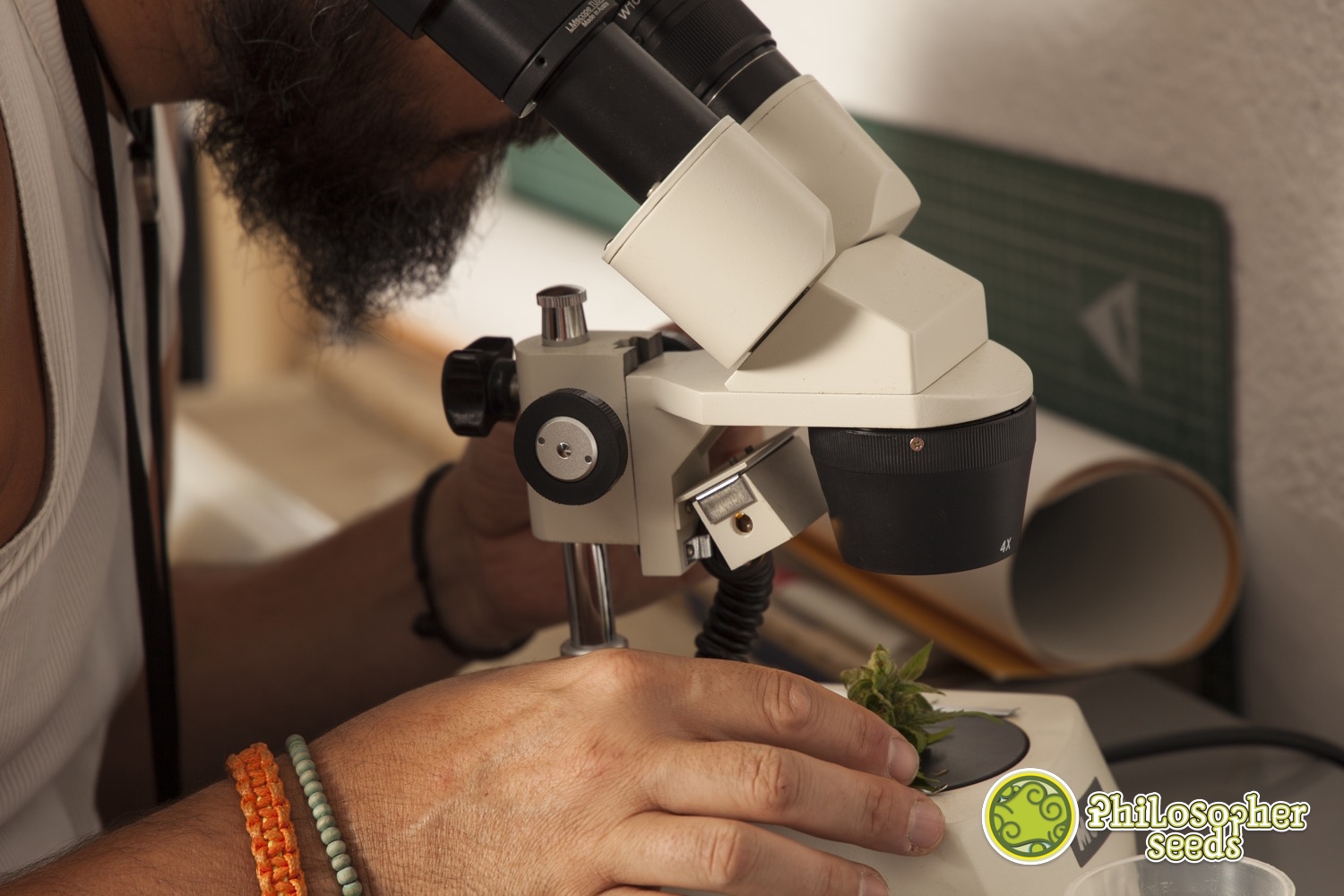THC: Everything about the most renowned cannabinoid
List of contents
For centuries (millennia, in fact), humans have cultivated cannabis and have been selecting the best plants to produce the seeds that will be used in the next harvest. Throughout this very long selection process, and in order to obtain better plants for their application in fields as diverse as medicinal, spiritual, or recreational, the trait of a high amount of THC has been fixed generation after generation, obtaining varieties with high psychoactive power.
This selection for plants rich in THC increased to a great extent from the 70s of the last century, when modern cultivation and breeding techniques focused on obtaining strains with an even higher content of this cannabinoid, being normal that today the varieties of cannabis double or even triple their THC content compared to half a century ago. But... what exactly is THC? Where is it produced and how? What are its main effects on our body? Today we answer all these questions, and many more!
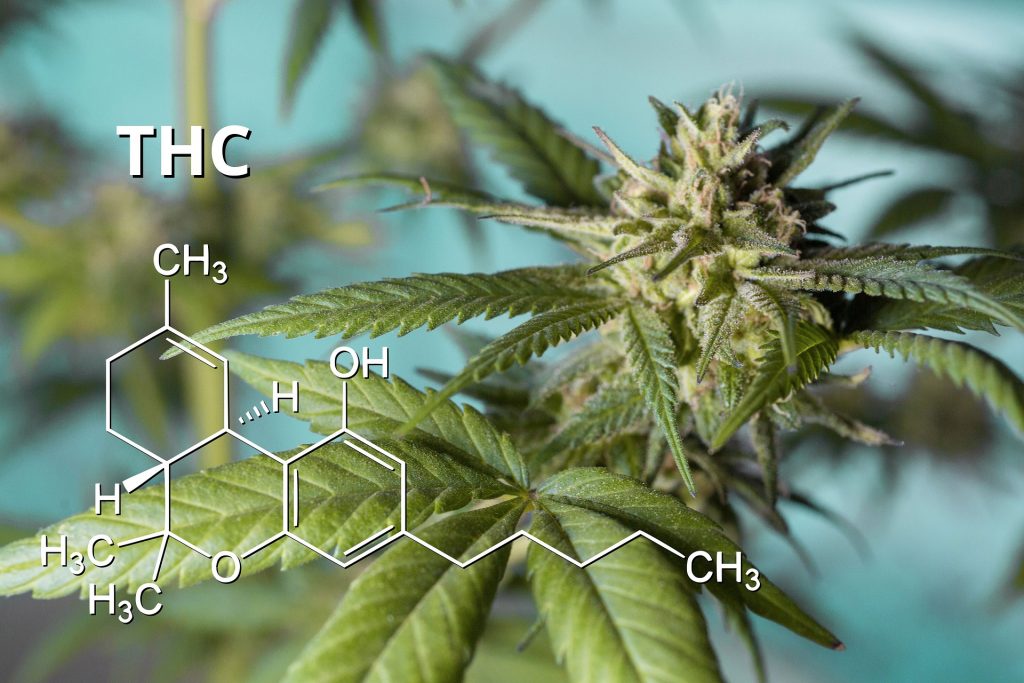
What is THC or Tetrahydrocannabinol?
THC - sometimes called delta-9-THC or tetrahydrocannabinol - is the main psychoactive component of the cannabis plant, although the THC content of each plant can vary greatly from one variety to another. You can find varieties of hemp with a testimonial THC content (less than 0.2% in many commercial varieties), although there are also varieties that are especially rich in THC that can reach close to 30%. And within this range, there are countless varieties of both hemp (used in various industries) and narcotic cannabis, with very different contents, especially between the latter.
In broad terms, which we will see in more detail later, it can be said that THC is responsible for the psychoactive effect of marijuana on people; the high, the fart, the chestnut... call it what you want. It was isolated in the laboratory for the first time by the Israeli professor Raphael Mechoulam, Habib Edery, and Yechiel Gaoni in 1964, and since then research on this interesting compound has not stopped, from the study of its synthesis routes to its effects on humans. cannabinoid receptors in your body.
Where is THC produced?
Cannabis plants produce what is often called "resin" in their flowers and leaves near them. In fact, this resin is made up of hundreds of trichomes of different types that cover the calyxes of the flowers and the leaves that grow next to them, forming a white layer on the plant tissue. Seen under a microscope, these trichomes vary in shape and size, from some that look like hairs to others that resemble lollipops. Well, it is in the latter, in the glandular trichomes, where THC is produced and stored throughout the flowering of the plant.
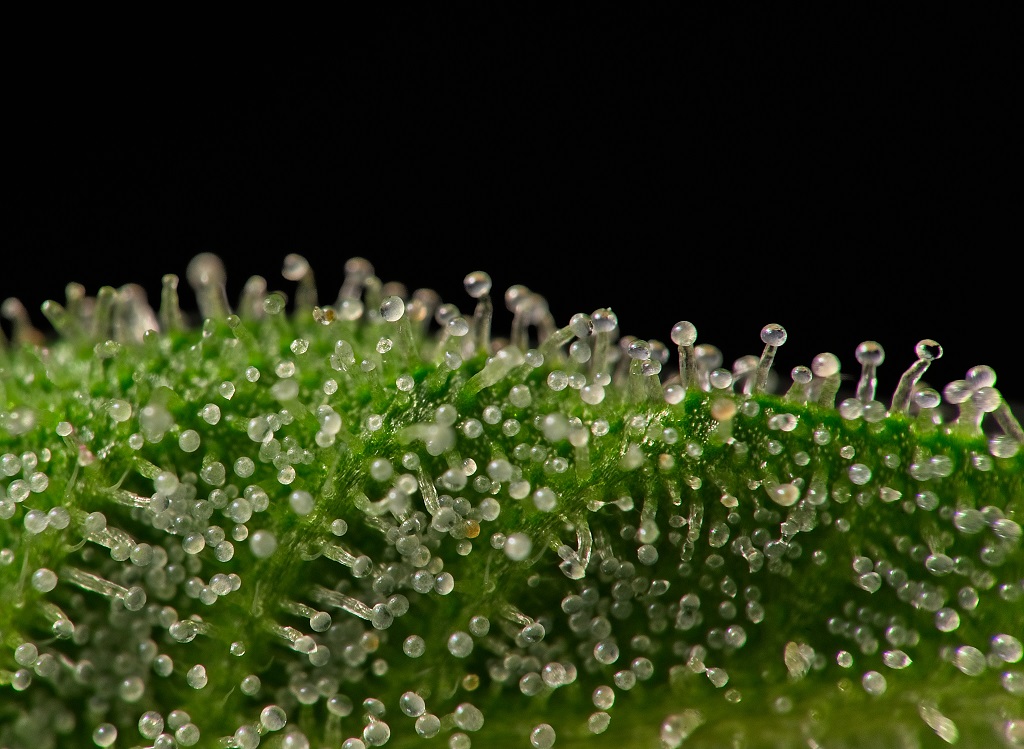
As this wonderful stage progresses, more and more resin glands (glandular trichomes) are produced by the plant, trichomes that act as authentic factories dedicated to the manufacture of cannabinoids, terpenes and other compounds that will be stored in their glandular heads. It is for this reason that if we look at these trichomes with a magnifying glass or microscope, we will see how they change color throughout flowering, going from translucent to milky and finally a beautiful amber color; as they are filled with compounds, they change their appearance and become more opaque.
Paying attention to the color of the trichomes is, as you already know, the main way to establish the cannabis harvest date, the point of maximum cannabinoid and terpene content reached by the plant before they begin to degrade.
When to harvest cannabis plants
Today, in this Post we will talk about something of interest to any grower who has marijuana plants indoors or outdoors. We explain in detail the optimal moments for harvesting according to the strains and the preferences of each one. Harvest cannabis when it’s ready allows achieving a better quality.
How is THC produced?
The THC synthesis route is the same as that of other cannabinoids produced by marijuana, such as the popular CBD or CBC. We know that inside the heads or glands of the trichomes there are cells at their base that form a secretory disc that produces all these substances, but how exactly does this phenomenon happen?
Well, it is explained by the combined action of olivetic acid and geranyl pyrophosphate, which after combining and reacting form CBGA or cannabigerolic acid. However, as more and more CBGA is produced, synthases come into play, catalytic enzymes that will convert most of the CBGA into other compounds with different properties. Thus, for example, when CBGA is combined with the enzyme THCA-synthase, THCA or tetrahydrocannabinolic acid is produced, which is usually called the "acid form of THC".
What is THCA?
By now, you may be wondering... what is the difference then between THCA and THC? Or between CBDA and CBD? As it is produced inside the trichomes, what is stored is the acid form of each cannabinoid, with its structure intact. It is the "non-active" form of these compounds. However, when heated (something we cause when smoking or vaporizing) these compounds lose a carboxyl group (CO2) and become active, they lose their acid form, providing the effects that users are familiar with. This step (which also occurs with the passage of time and the contact of the cannabinoids with the air) is called decarboxylation, and it is essential for THC to offer the full range of effects it is capable of producing.
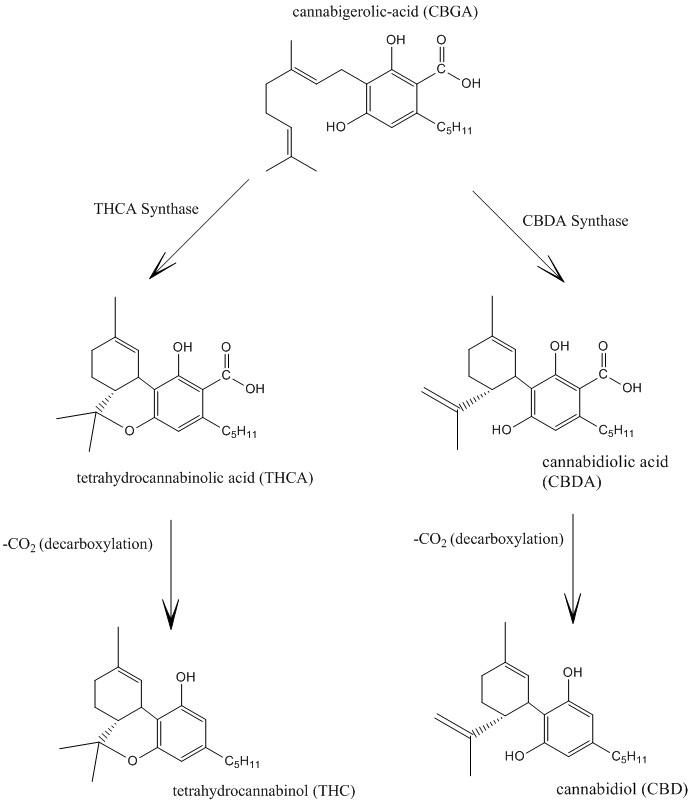
Thus, and said in a colloquial way, THCA would come to be "raw" THC, before acquiring the form in which it will be able to stimulate our cannabinoid receptors with all its power and, therefore, allowing us to take full advantage of its properties. both medicinal and recreational.
What is the function of THC?
The role that THC plays in the plant is still an open debate to this day, although it seems that the main reason is clear: to defend the plant against external factors that could endanger its development and reproduction. One of the most commonly accepted theories by many botanists is that it would be a defense system against insect or fungal pests, although other researchers would not have found any relationship between the THC content of a plant and its resistance to this type of external attacks.
Another theory, backed by a study carried out by the University of Maryland, proposes that THC does indeed act as a defense mechanism, but against the UVB rays of the sun. And it is that this study does provide evidence that the greater the exposure to UVB rays, the greater the production of THC is observed in the plant, which would demonstrate that it produces more THC to be able to defend itself from the intensity of this type of light. The investigation is still open, and surely in the future we will have new studies available.
What effects does THC have on the body?
Broadly speaking, we can divide the type of effects that THC causes on our body into two large groups: those effects that have an obvious medicinal potential on the one hand, and a series of side effects (which in many cases do not occur) on the other. the other. Contrary to what many people who associate THC with drugs and CBD with medicine believe, THC also has a number of interesting properties with therapeutic potential, although with the handycap - for some - of also producing a psychoactive effect.
These are some of the medicinal properties of THC:
- Stimulates the appetite
- Antioxidant effect
- Anti-inflammatory effect
- Antiemetic effect
- Reduce pain
- Reduces spasticity
- Reduces intraocular pressure
On the contrary, these are some of the side effects of THC that can occur after its consumption:
- Anxiety or paranoia
- Orthostatic hypotension
- Tachycardia
- Dry mouth
- Red eyes
- Altered perception of time
- Dizziness
- Sweating
- Humor changes
- Feeling drunk
- Lack of coordination
- Lack of energy
- Apathy
- Drowsiness
- Memory difficulties
Entourage effect: not everything is THC or CBD
It could be thought that the medicinal properties of the different cannabinoids and terpenes are something static, without any change. However, and since Raphael Mechoulam and S. Ben-Shabat coined the term in 1998, today we are aware of a phenomenon called the entourage effect, thanks to which the molecules produced within the trichomes enter into synergy, reinforcing each other and reaching a new degree of effectiveness than in the case of being isolated.
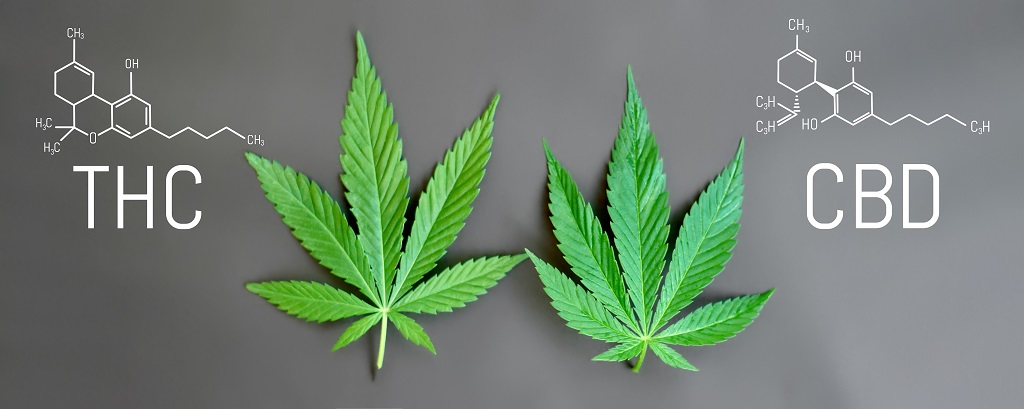
Surely in recent years you have heard or read the term "full spectrum". Well, they are usually extracts rich in cannabinoids and terpenes formulated in this way to take advantage of this entourage effect, so that the properties of the different compounds are enhanced. Similarly, many seed banks offer varieties with a THC:CBD ratio of 1:1, with the same content in both... A great advantage for the patient, without a doubt!
What is the legal THC limit in my country?
Knowing the legal THC limit is essential for hemp growers, who can see their business seriously compromised if plants are detected that exceed this limit. Normally, each country has its own limit established in its jurisprudence, so it is relatively easy to find out just by doing an internet search. For example, the European Community established in its Regulation (EU) 2021/2115 a THC limit of 0.3%, thus increasing the amount of THC that a hemp crop can contain by 0.1%.
Be that as it may, in case you want to cultivate either hemp plants or plants rich in THC, you should always go to the relevant authorities to obtain the corresponding permits and find out all these details about the activity to be carried out. A mistake is very expensive, and considering that the limits are really strict, it is worth paying due attention to them.
We hope we have clarified any doubts about this interesting cannabinoid, which has caused so much controversy but has so much to give us. As always, we will be attentive to your comments!
Good fumes and vapors!
